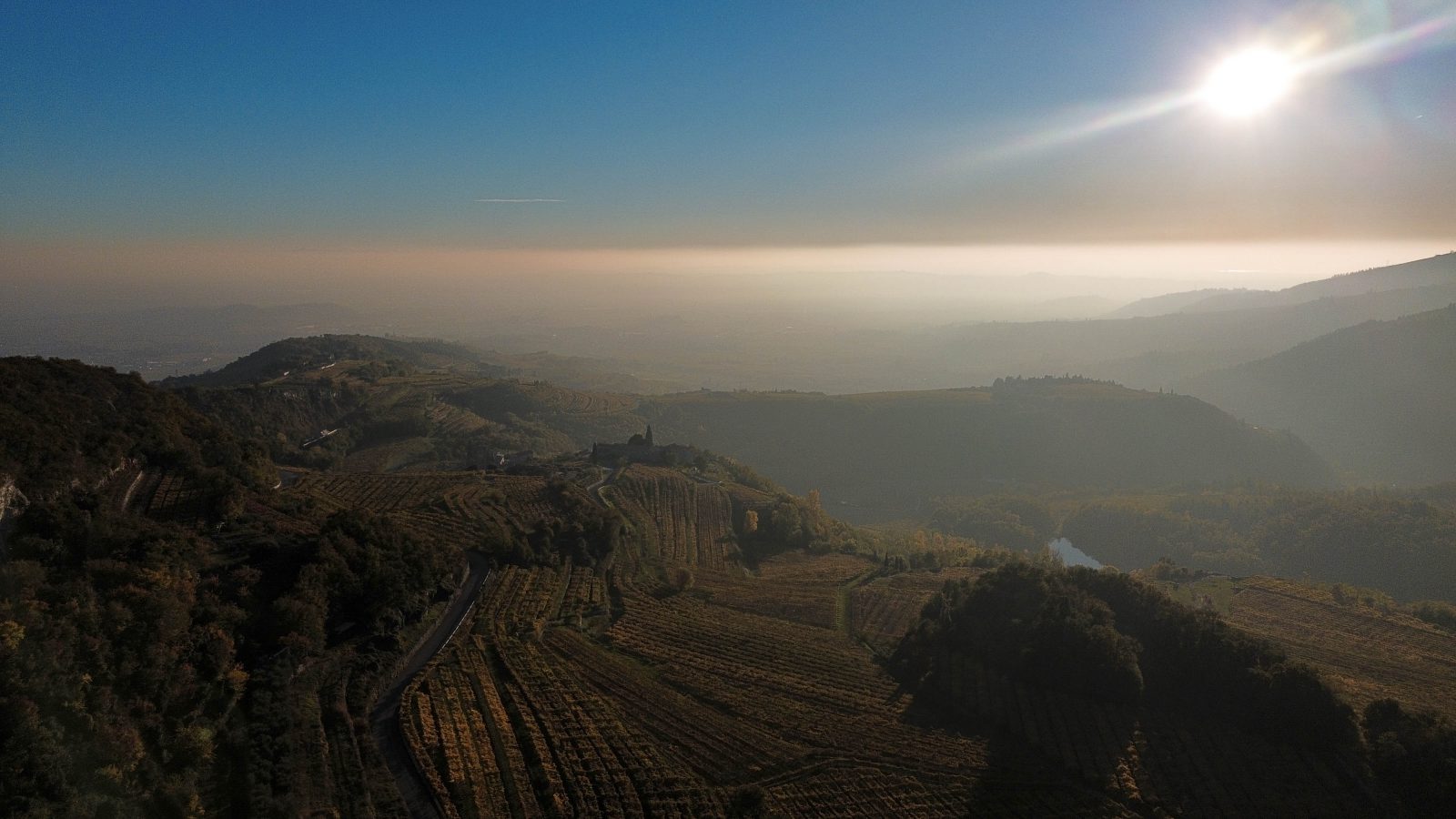
The earliest records
The toponym Fornaledo appears for the first time in a document dated April 1, 908, in which Austroberto, abbot of Santa Maria in Organo, grants two colonicae in Valpolicella to the clerics Giovanni and Giselberga, from the castle of Verona.
The document adds that the colonica of Fornaledo was currently managed by Gisemberto, an arimanno, meaning a free man living according to Lombard law.
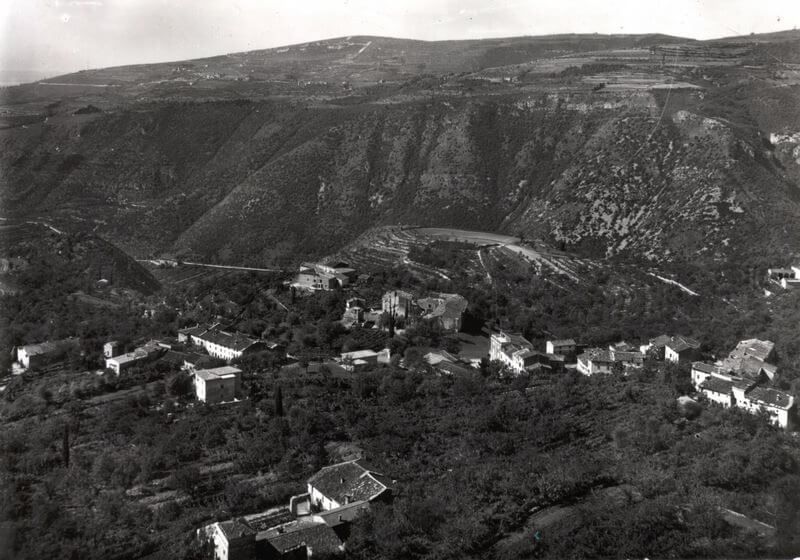
The Colonica
The “colonica” represents a fundamental concept in the realm of historical agriculture. It is a complete agricultural unit, typically composed of one or more dwellings, a garden, a threshing floor, and various cultivated lands.
This configuration is not merely a collection of lands and buildings, but a fully self-sufficient farm, managed by a tenant farmer. This figure, most likely residing on-site, was tasked with overseeing the entire cycle of agricultural work throughout the year.
Instead of being accountable to monasteries, as was common practice, in this specific context, the tenant farmer reported directly to the cleric Giovanni, holder of the emphyteutic right over the land. This structure represented a model of efficient and self-sufficient agricultural management, essential in the rural economy of the time.
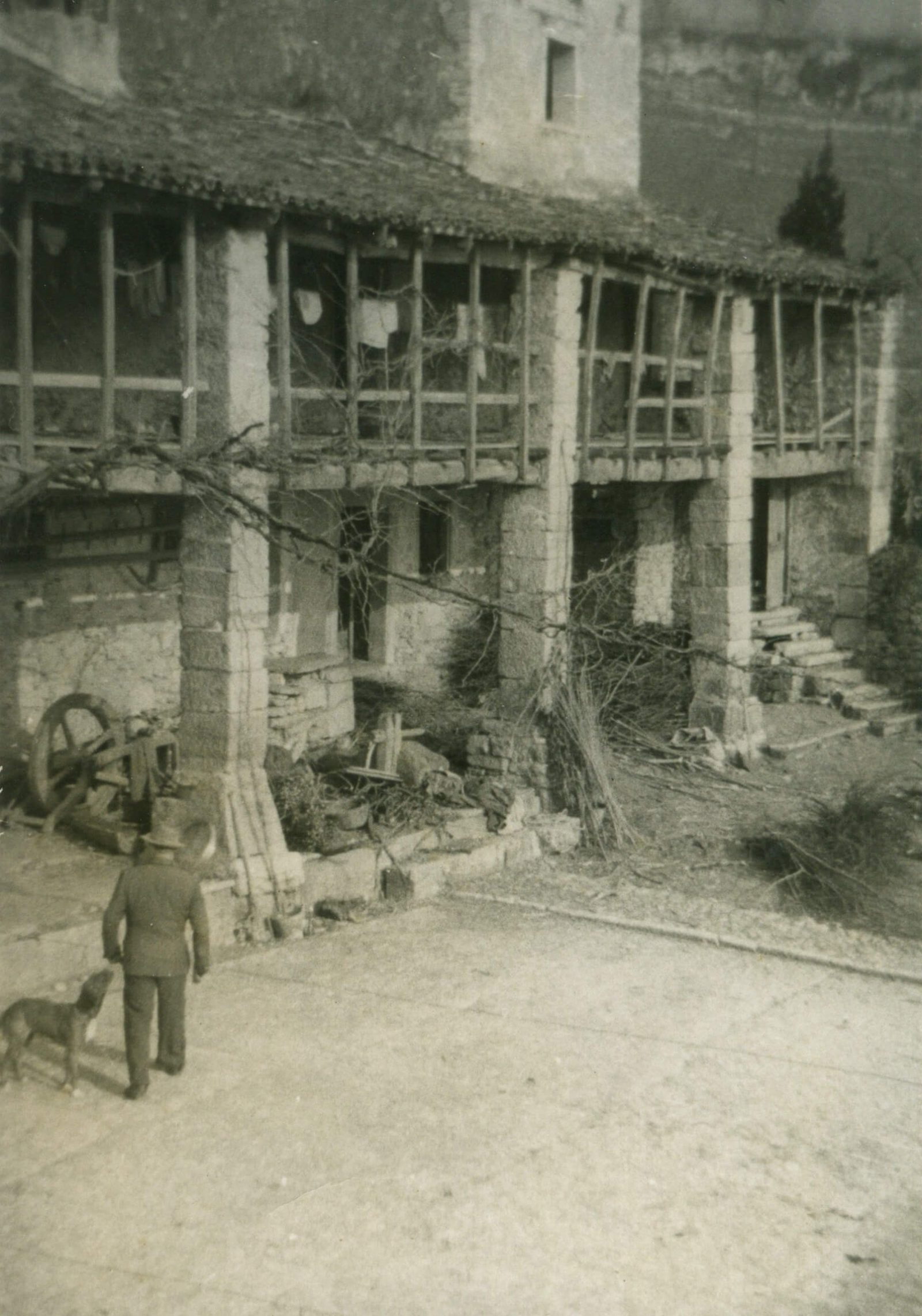
Giovanni Fornaledo
History then falls silent for 500 years until 1410 when the will of Giovanni, known as Fornaledo, a prosperous farmer and homeowner, emerges. He lives by cultivating fields that produce grapes for wine, oil, legumes, and cereals.
Giovanni also doesn’t disdain keeping some livestock for wool, meat, and milk production, as other hill farmers in the area would have done, characterized by the presence of vineyards, olive groves, forage crops, and cereals even then.
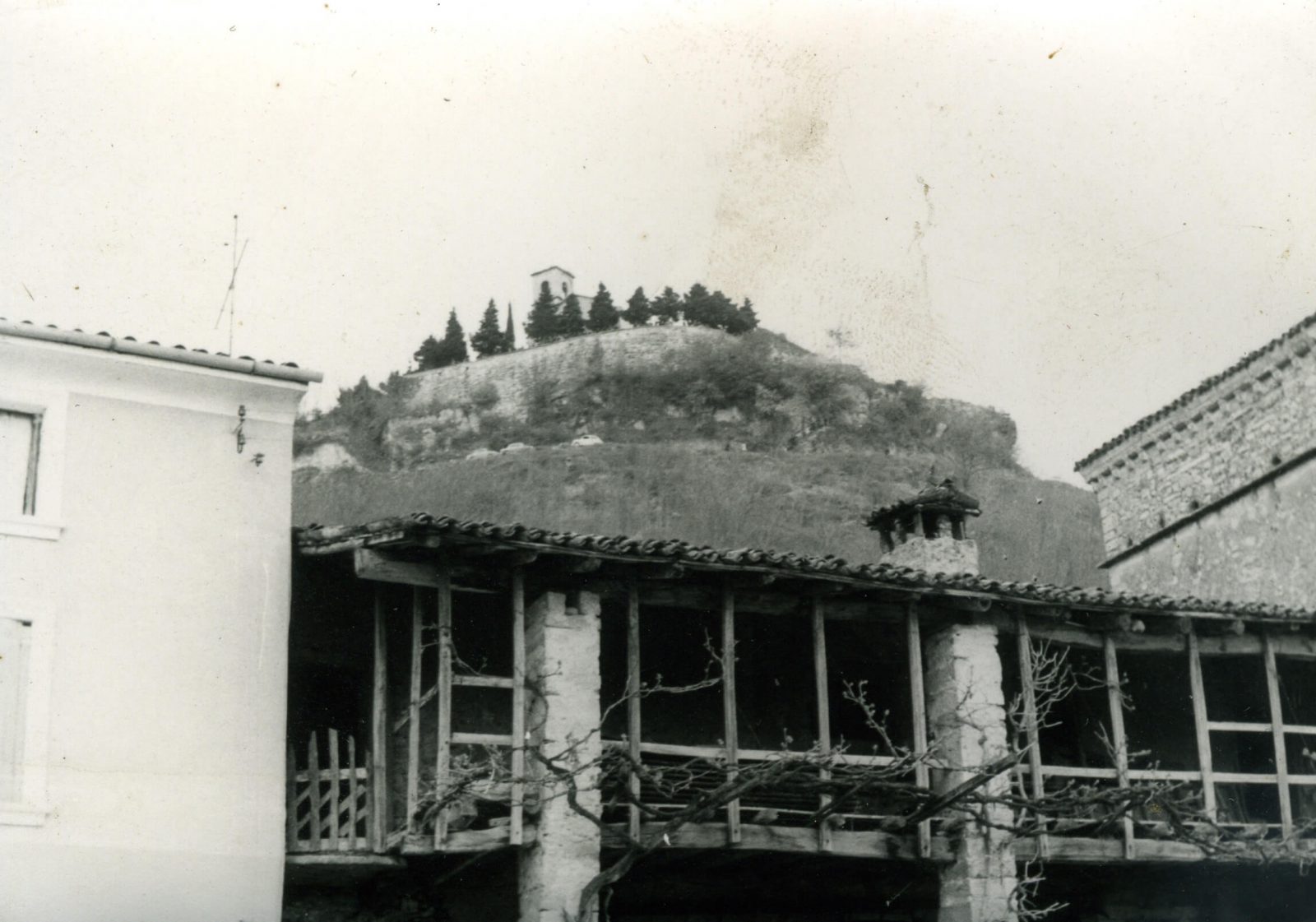
A Deep Restructuring
At the end of the 16th century, the buildings that comprise our historic courtyard underwent a significant restructuring. This transformation is evident not only through the analysis of the masonry structures and the high quality of the intricately carved doors and windows but also thanks to a distinctive detail: the year 1568, engraved on the keystone of the arch of the small portal that provides access to the residence from the street.
This date perfectly coincides with the architectural style of the building’s facade, still influenced by the Renaissance canons adopted in contemporary construction in the nearby city of Verona. It is likely that this renovation work was undertaken by the Fornaledo family themselves, who continued to reside here at least until the end of the 18th century.
The presence of the Borghetti family in this locality is documented only later, with the first record dating back to 1825, through a “Status animarum” of the parish of Marano. This makes our courtyard not only a place of historical residence but also a silent and majestic witness to the architectural and social evolutions of the region.
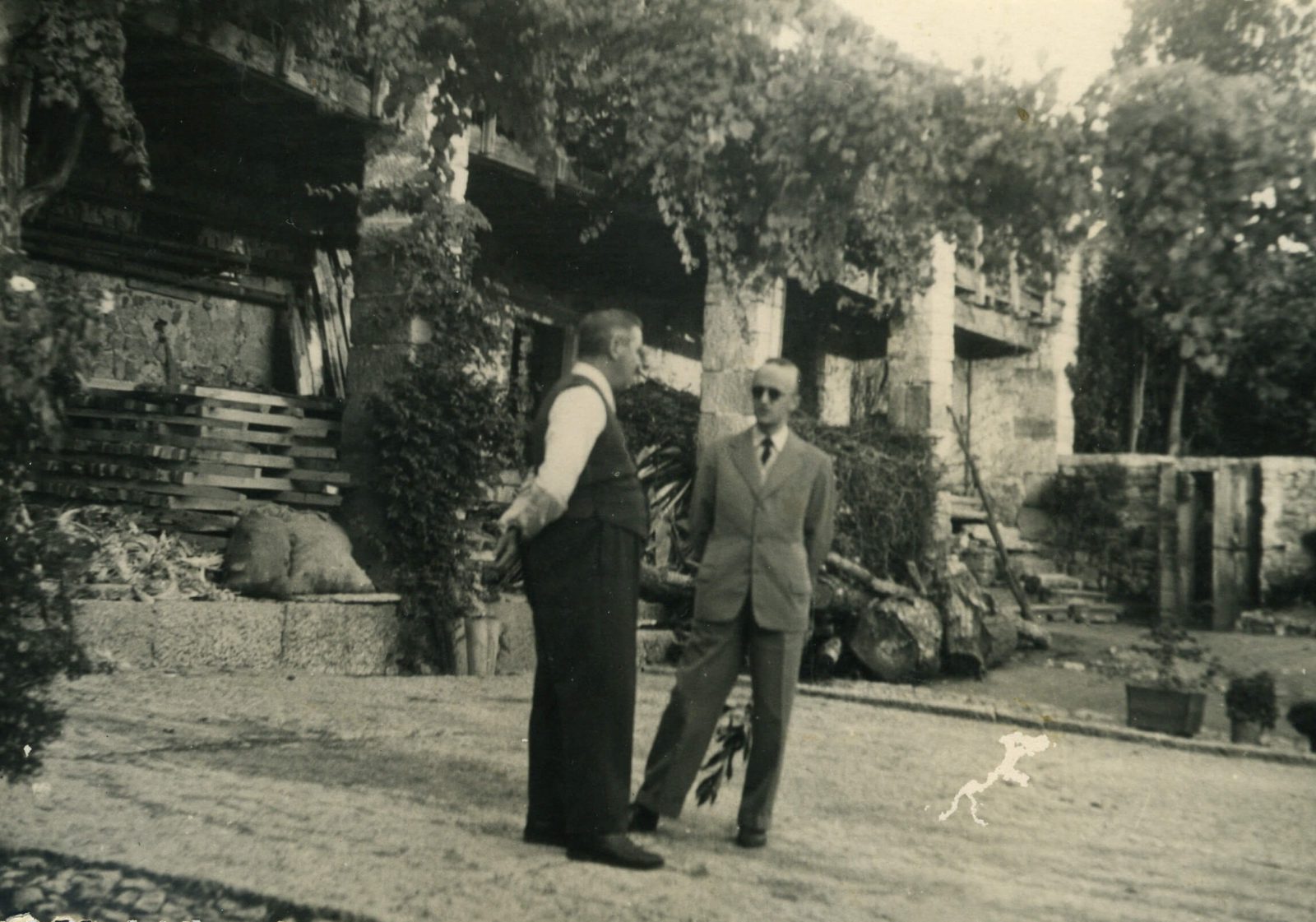
The Borghetti Family
All this is deduced from some documents preserved in the archive of the parish of Marano, particularly from the various volumes containing death registrations. Therefore, we can assert that the Borghetti family acquired the property of the Fornaledo complex before 1825.
To confirm this, it would only remain to track down the deed of sale from a Fornalè to Giammaria Borghetti (born in 1751 and died in 1833) son of the late Fiorio Borghetti (born in 1724). However, since we do not know the name of the notary who drew up the deed, it becomes quite difficult to accomplish this task.
A verification of the data provided by the summaries of the Austrian Cadastre confirms that by 1840, the farmhouse marked with number 752 is registered to Fiorio Borghetti (born in 1785 and died in 1855), son of the late Giammaria Borghetti, to whom the neighboring cadastral numbers forming the courtyard are also assigned.
Our timeline
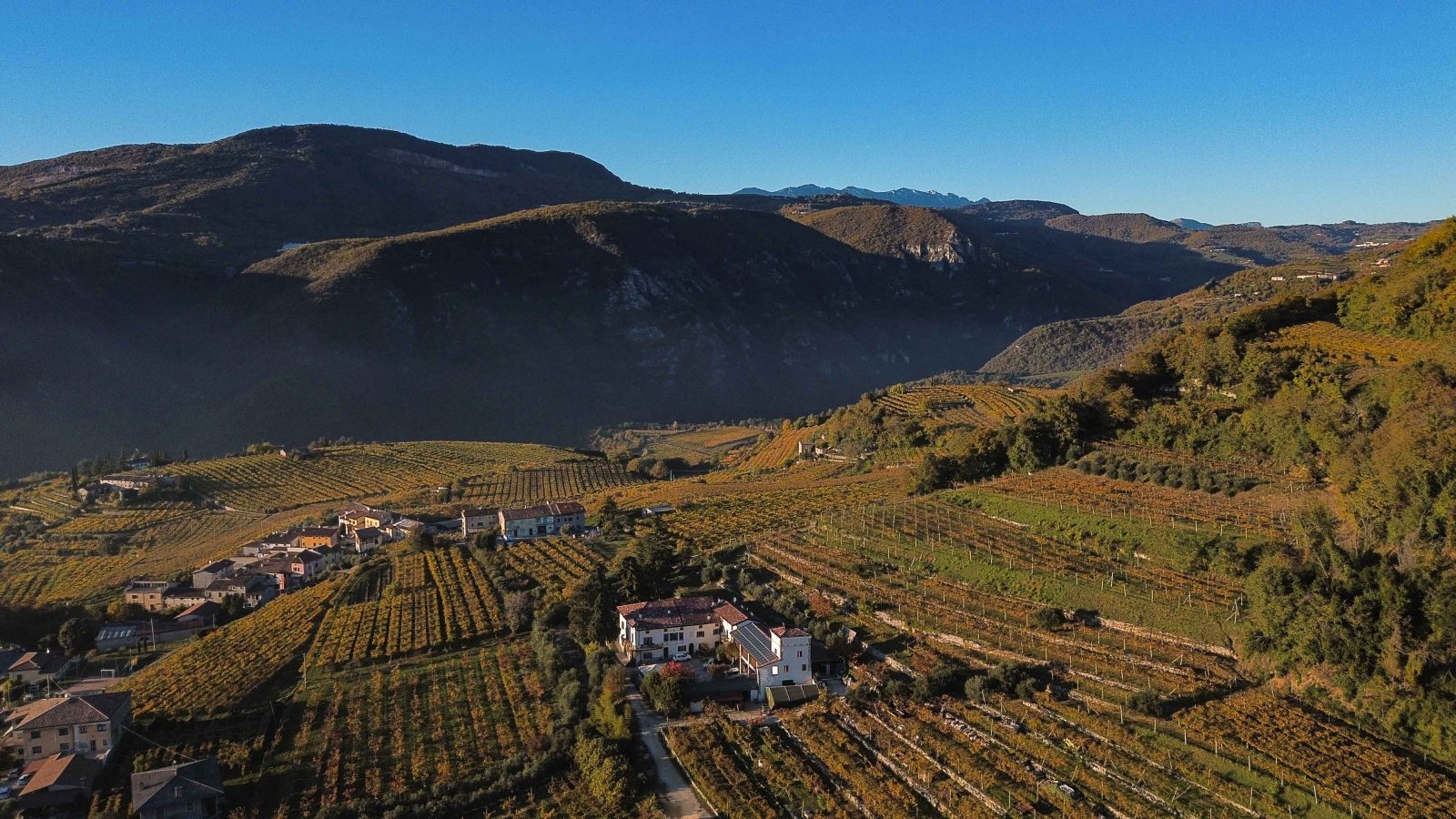
We look forward to welcoming you to our winery
Come to our winery to savor the incomparable taste of our wines, accompanied by delicious tastings of local products.
